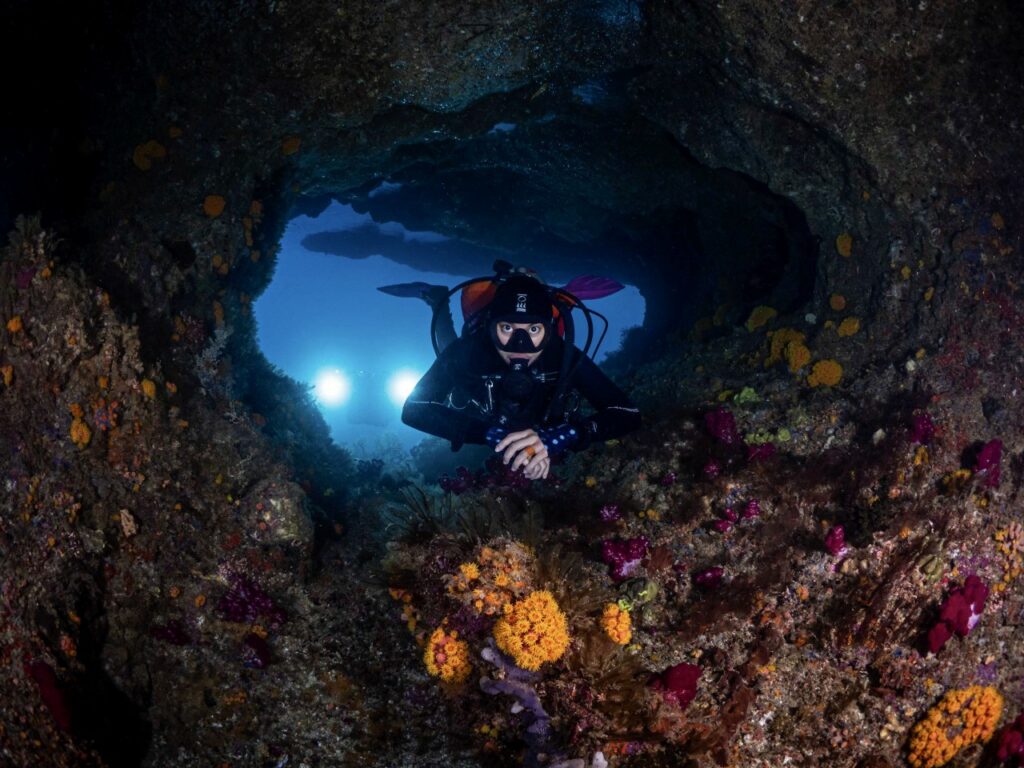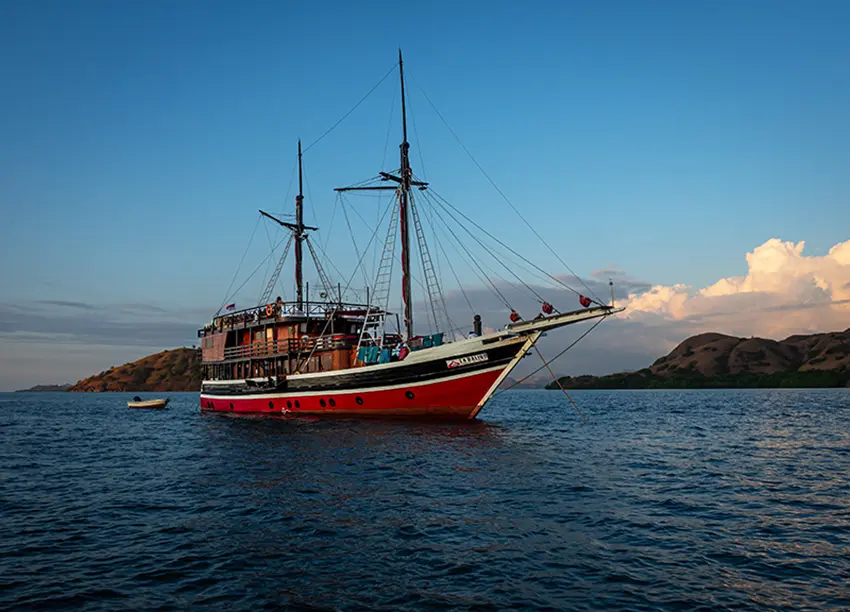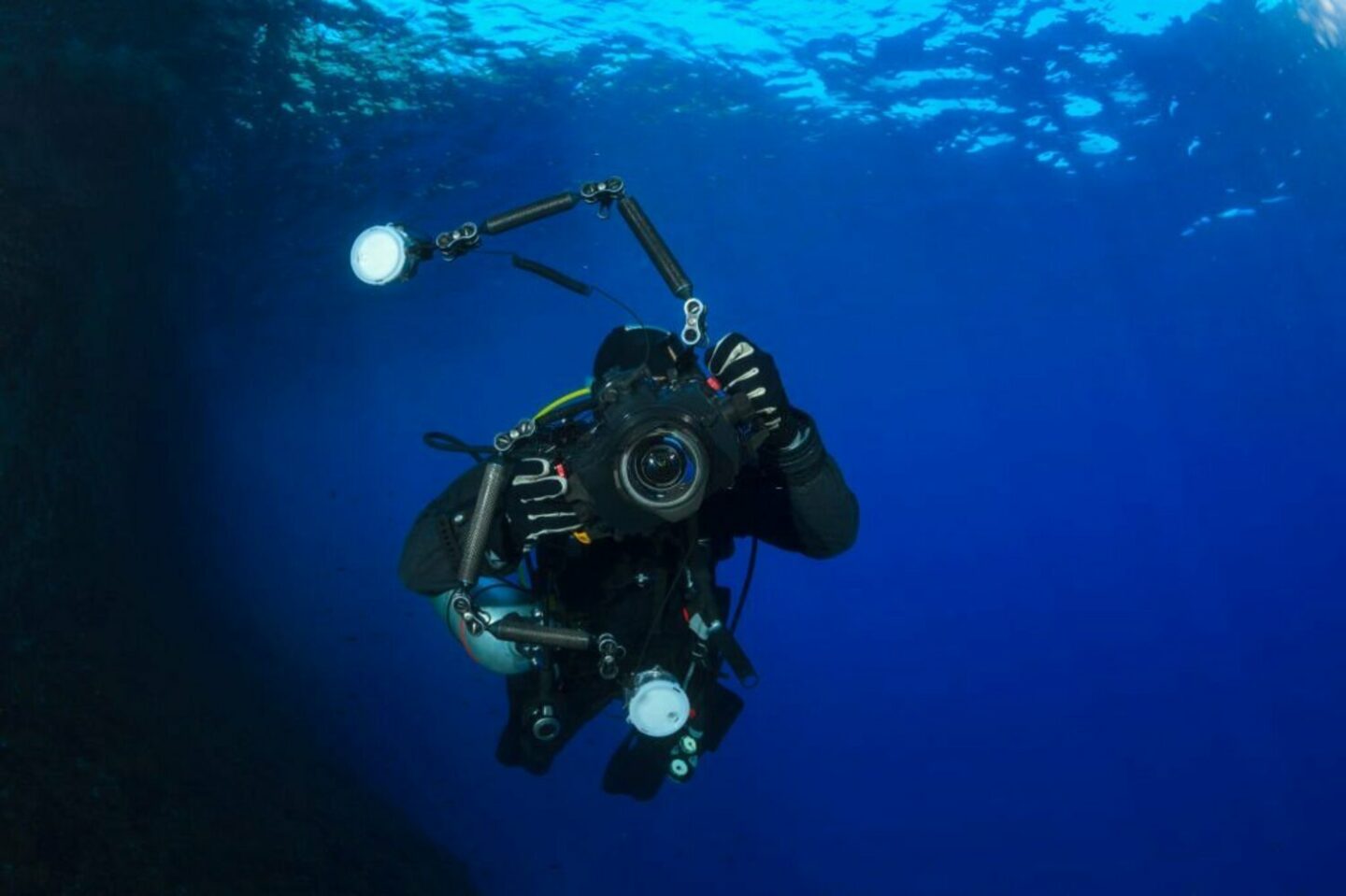Indonesia Diving Season and Best Time to Dive in Komodo
In this blog we will discuss the diving seasons in Indonesia and Komodo. If you want to explore the amazing diving in these areas, then you want to make sure you get the most out of it by going at the right time. Through this guide we will tell you the best times so that you can either line your holidays up with the area where you want to go to, or if you have fixed dates for holidays then choose the best location to go.
So, before we get started on the specifics of what areas to go to in what seasons, lets delve into what makes areas better or worse at certain times of the year. This can basically be split into 2 factors, weather, and crowds.
ALSO READ : Things To Do in Komodo Island
Indonesia sits roughly on the equator with parts of the archipelago nation extending 5 degrees north and 10 degrees south in latitude. Because of this equatorial positioning the country experiences a tropical climate in most parts and monsoonal wet and dry seasons rather than the four seasons experienced in countries further north or south of the equator. Although this is the general rule of thumb for the whole country, smaller variations and microclimates exist in certain places.
For instance, if you visit the Komodo Islands which are south of the equator, you will discover that the landscape is one of the driest in Indonesia. The hot dry climate in Komodo results in the vegetation forming savannah grasslands in a tropical region. Komodo only receives between 800mm and 1000mm of rainfall a year and the dry season temperatures between May and October can get as high as forty degrees Celsius.
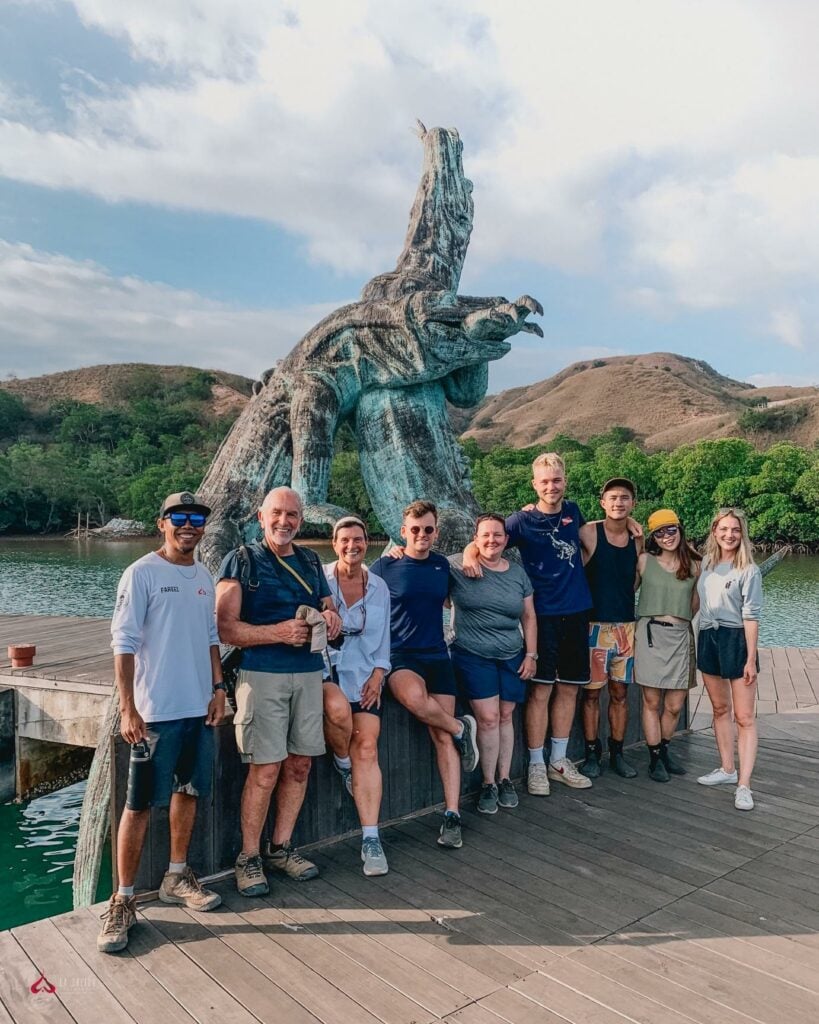
Compare this to a place like the Raja Ampat islands, which staddle directly on the equator and where there is an annual rainfall of about 2600mm, and you find that the vegetation is lush tropical rainforest. Although most months average around 200mm of rain, the drier season is from October to April and then there is two heavier rain seasons from July – August and November – December. This isn’t monsoonal down pours however, but more passing storms. Temperatures often stay more stable here too, with only really 7 degrees variation all year and also between night and day.
So when we think about weather, what we really need to be thinking about is rain, wind and temperature. Each of these things in term effects other things that can affect diving such as underwater visibility, waves, currents, marine flora and fauna movements.
Rain will cause freshwater runoff to enter the ocean from the land. When it does it will affect the visibility in the water in several ways. One way is that it directly carries sediment such as mud and dirt into the water, and these particles reduce visibility. Secondly the mechanical action of the fresh and saltwater mixing will create turbulence and stir up even more sediment that is already in the ocean. Lastly the sediment and water carried from the land into the ocean can be rich in nutrients, when combined with heat this causes microscopic marine plants, or phytoplankton to bloom, creating more particles in the water and further reducing visibility. Furthermore, increased freshwater mixing with saltwater changes the salinity balance of the ocean, which will cause changes in underwater currents which move around to balance out the salinity content to equilibrium.

Wind will also affect your diving season in different areas in many ways. First, increased wind will cause the surface of the ocean to get choppy and increase wave size. This makes getting in and out of dive boats or tenders harder and more dangerous. This can also decrease your comfort day and night when on a liveaboard. Waves and wind are also a factor that cause underwater currents, and both factors stir up sediment via turbulence and decrease visibility. Though it’s true for some sites you do want current, as it brings in the big interesting marine animals that feed on the smaller fish which are feeding on the increased plankton numbers, you also do not want too much current as this can make some sites too dangerous to dive.
Temperature is another dynamic factor that must be considered in multiple ways in how it will affect your diving. The first obvious one is how it effects your comfort both in and out of water. Because our bodies lose heat 25 times faster underwater compared to in air via conduction to a denser medium (water molecules are closer together than air), we often want to wear a wetsuit even in warm tropical climates. Unfortunately putting these on when you are on the boat before your dive can mean that we overheat a bit before we hit the water. Likewise, the in-water temperature will affect your choice in exposure protection, say opting for a 3mm shortie over the normal 5mm long wetsuit you normally dive with at home in more temperate regions. As mentioned earlier, temperature also plays a part in marine plant life blooms, therefore effecting visibility. Temperature changes also effect currents underwater, as water moves from one place to another to try and equal out temperatures.
Crowds will be based on 2 things, everyone wanting to dive the best location at the best time, and when most people in the world can get time away from work for a dive vacation. As a general rule of thumb, more people live in the northern hemisphere than in the southern hemisphere. And as a second rule of thumb, most people get their vacation dates during the summer months. This means that worldwide the peak for travel and vacations is between June and August each year. There is also another mini peak each year between October to November as people are trying to fit in a second vacation before the end of the year. Shorter stints of popular religious holidays around the world can also cause increased travel numbers due to people utilising the time off to slip away for a quick vacation. These normally consist of Easter, Christmas, Eid al-Fitr, Chinese New Year, Gregorian New Year and Diwali. So, if you want to avoid the crowds and have a dive site with less diver interaction, then September and January to April may be the months for you.
Next, we will drill down deeper into the best diving season for Komodo. As stated above it is start of June to end of September, but why? So technically you can dive Komodo year-round, but these months fall in the dry season, so visibility will be at its best. Also, currents will be just right at a point when they are not too strong to prevent diving, and they are not too weak to deter blooms in life chasing the nutrient rich waters and subsequent plants and animals that pass this energy up the food chain. Outside of the dry season not only does the rain increase, but the wind picks up too, causing all the negative diving effects previously discussed. In these periods of calm seas, visibility can often exceed 30 meters.
Now we understand what causes good or bad diving conditions, lets talk about the best seasons for diving in Indonesia and Komodo. The good news is the dive season for Indonesia is all year round. This is because within Indonesia there is so many places to dive that you can always find an area that is in season. Based off rain, wind and temperature, these are the best times of year to dive the following popular dive locations.
- Komodo, East Nusa Tenggara – June to September
- Raja Ampat, West Papua – October to April
- Bali – May to November
- Nusa Lembongan/Penida – March to October
- Lembeh Strait and Bunaken, North Sulawesi – April to November
- Alor, East Nusa Tenggara – April to November
- Derawan Islands, Northeast Kalimantan – April to October
- Pulau Weh, Sumatra – October to April
- Banda Islands, Ambon – February through to April, and September to November
Next, we will drill down deeper into the best diving season for Komodo. As stated above it is start of June to end of September, but why? So technically you can dive Komodo year-round, but these months fall in the dry season, so visibility will be at its best. Also, currents will be just right at a point when they are not too strong to prevent diving, and they are not too weak to deter blooms in life chasing the nutrient rich waters and subsequent plants and animals that pass this energy up the food chain. Outside of the dry season not only does the rain increase, but the wind picks up too, causing all the negative diving effects previously discussed. In these periods of calm seas, visibility can often exceed 30 meters.

September can also be a great month to dive Komodo as you will have a chance to witness the phenomenon of coral spawning. This is truly something all divers should witness at least once underwater. On land Komodo dragons are also a lot more likely to be seen doing interesting activities during good weather. Just like you and I they don’t like the rain and will shy away to find shelter.
So now you are a full bottle on the diving seasons in both Komodo and Indonesia you can make an informed choice on when to take that next dive vacation. Choose your style, liveaboard or day dives from land and get booking. There is no time like the present and if you want to get in the best season with the best conditions you need to book in advance as these places are getting more popular by the day and spaces do book out!
Enjoy a Diving Trip in Raja Ampat and Komodo with La Galigo Liveaboard
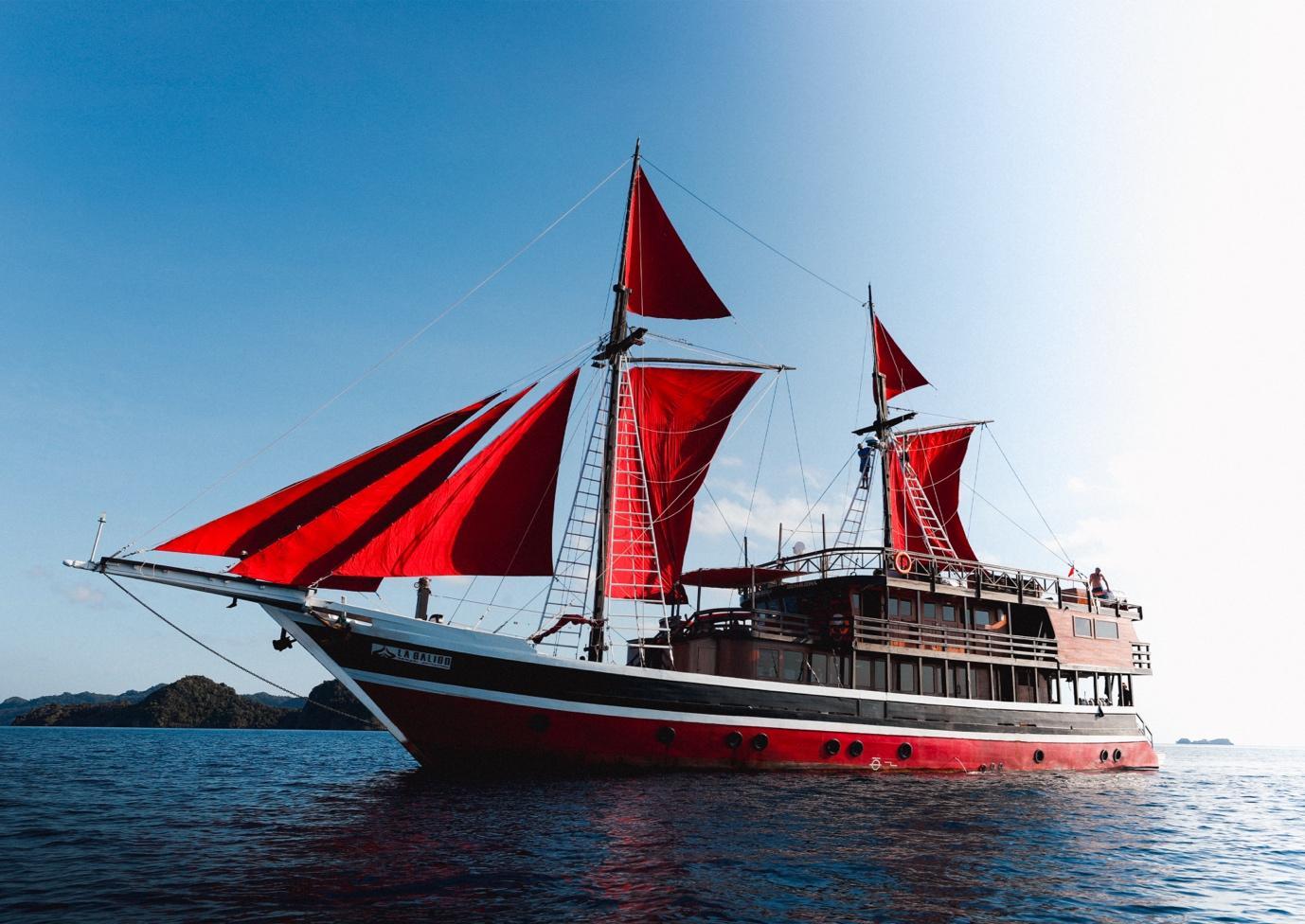
La Galigo is known as one of the best liveaboard diving boats in Raja Ampat Indonesia, and it offers trips to well-known diving destinations such as Komodo and Raja Ampat. The Coral Triangle is located in Indonesia, which has the highest marine biodiversity on the planet.
La Galigo Liveaboard Diving was founded in 2015 by two avid divers who wanted to explore some of Indonesia’s pristine reefs but found that all existing scuba diving options were frequently out of their budget, and wanted to provide an affordable option for everyone to be able to explore these beautiful places.
La Galigo Liveaboard Diving in Raja Ampat & Komodo is a friends and family affair, and our liveaboard diving trips are always focused on fun, safety, guest comfortability, and are exceptional value for money. Our trip prices range from $2,160 for a six-day Komodo liveaboard diving trip to $3,815 for an eight-day Raja Ampat liveaboard diving trip. The price includes four meals a day, diving or snorkelling three to four times a day, and land tours.


